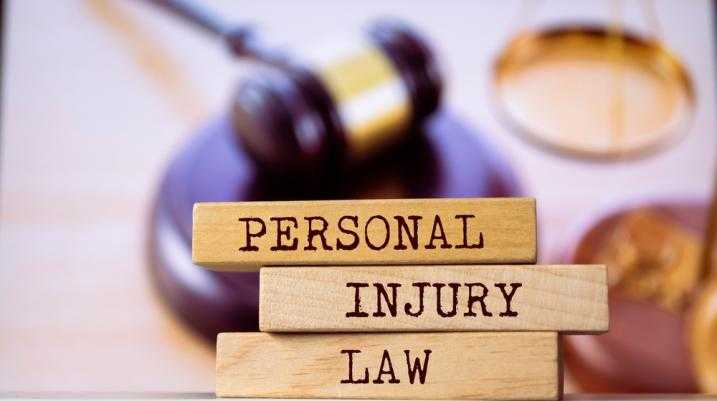What Does Tort Mean in Personal Injury Law?

Personal injury law protects the people and property harmed by a person’s actions or lack thereof. A “tort,” in personal injury context, is the action taken that causes injury to a third party or their property.
Torts range from failing to check a mirror when merging to medical professionals negligently causing harm to innocent patients. They’re not always immediately identifiable, either, nor will their effects be directly present. Still, once they’re known to the victim, they may be eligible to bring a case against the party(s) that caused them harm.
If you discover that you were a victim of a tort, Morgan and Morgan can help you advocate for the rights that protect you. Complete our free, no-risk case evaluation to get started with our team.
What Are the Three Different Types of Torts?
The 3 main types of torts in personal injury law are intentional, negligent, and strict liability.
Intentional Torts
Intentional torts describe actions intended to cause harm to a third party or otherwise wrongful actions that are done purposefully. Here are a few examples:
- Assault
- Battery
- Conversion or theft
- Defamation
The key to identifying an intentional tort is understanding whether the action was committed purposefully. If they’re not, they may qualify as a negligent tort. Many intentional torts coincide with criminal charges.
Negligent Torts
Actions committed non-purposefully that result in harm qualify as negligent torts. Here are a few examples:
- Someone fails to check their mirrors as they merge onto the highway because they were singing to the radio, resulting in an accident
- A doctor neglects to wash his hands properly before surgery and causes an infection in their patient
- The owner of an apartment complex makes dinner before they ice their walkways during a winter storm. Someone slips, falls, and suffers an injury because of the slippery surface.
Proving a negligent tort requires proof that the suspected at-fault acted without reasonable care for those around them. Negligent torts don’t always come with criminal charges, but they can under special circumstances.
Strict Liability Torts
Strict liability torts aren’t necessarily actions. Instead, it’s harm caused under a legally liable party’s supervision. Here are three examples of strict liability torts:
- Product Liability – A manufacturer releases a product that causes harm when used for its intended purpose.
- Premises Liability – Property owners are legally responsible for damages suffered on their property, regardless of whether they acted negligently, recklessly, or carelessly.
- Animal Attacks – Dog and other animal owners are responsible for the harm their pets inflict on others.
Strict liability torts can result in widespread damage, like those found in many class action lawsuits.
Contact Morgan and Morgan
Tort law may seem complicated at a glance, but it’s mostly straightforward. If the actions of a third party harmed you, you may be eligible to file a civil lawsuit against them, seeking legal damages.
Morgan and Morgan has decades of experience handling a variety of tort law violations, with a lengthy track record of success proving our claim. Our lawyers are experienced, compassionate, and available for no out-of-pocket costs. Complete our free, no-obligation case evaluation to learn more about your legal options.
Injured? Getting the compensation you deserve starts here.

Injured?
Not sure what to do next?
We'll guide you through everything you need to know.